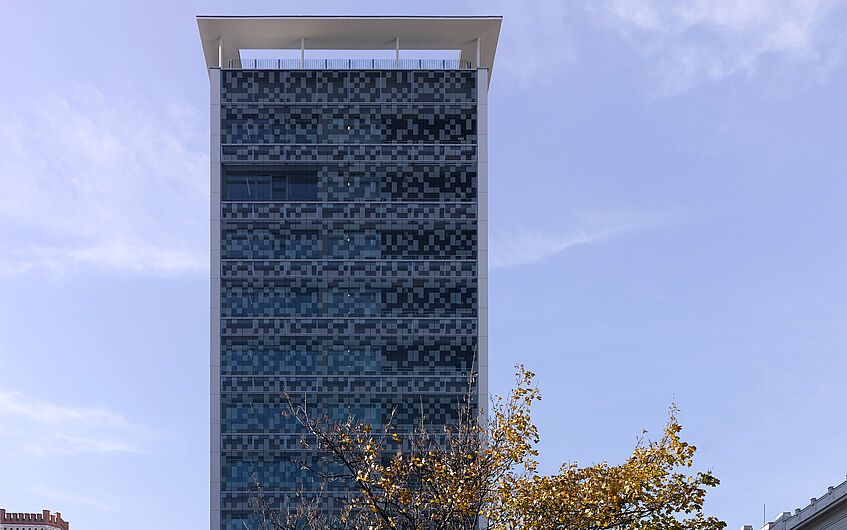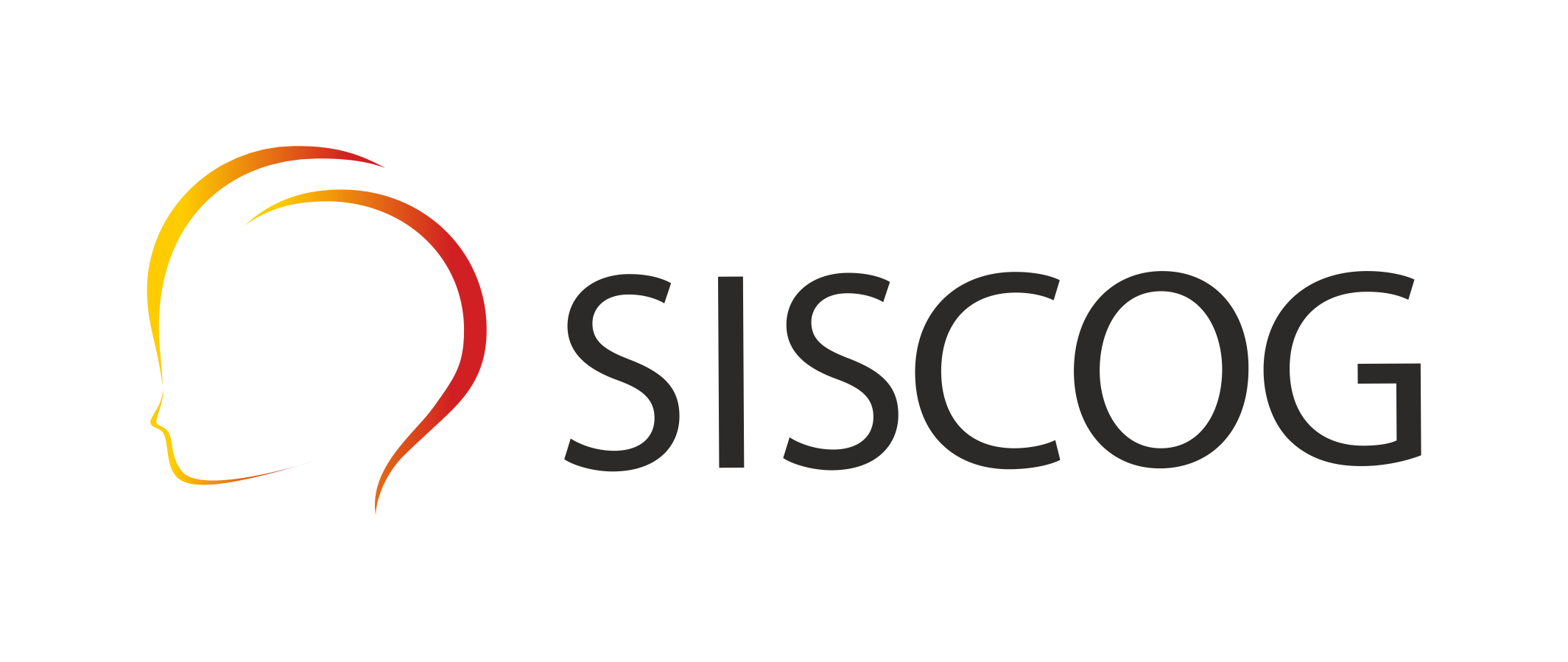Highlights
Keynote: Bias is a bug; but not as we know it!
-
 Julian Padget Julian Padget (SPEAKER KEYNOTE) UK
Julian Padget Julian Padget (SPEAKER KEYNOTE) UK
Algorithmic model construction is now accepted technology. Using some data to train a model is commonplace and machine learning has percolated down to the first-year CS curriculum. Testing such models is quite difficult, because conventional approaches learned from conventional programming provide only limited coverage. Furthermore, metrics offer big picture performance but may disguise edge cases. One significant worry is that such systems exhibit differential treatment of individuals or groups because the algorithm has identified an attribute relationship in the data that does not align with the system's business requirements. This is typically referred to (wrongly!) as a `biased' output. We start by examining the language of bias in algorithmic models and argue that (unwanted) bias is a (latent) bug. However, this bug typically has complex causes, as well as the possibility of morphing over time into bias that does align with the requirements. In consequence, we will continue by exploring how consideration of bias can be incorporated into the system life cycle and put forward some strategies for thinking about bias-related debugging.
-
Keynote: Is the Hype Cycle Real?
-
 Stavros Macrakis Stavros Macrakis (SPEAKER KEYNOTE)
Stavros Macrakis Stavros Macrakis (SPEAKER KEYNOTE)
Some technologies have grown steadily and undramatically over the years; others have been transient successes, or have been relegated to narrow application areas. How can we benefit from the long-term perspective to understand what might happen with today's most hyped technologies?
-
Keynote: The Need for Symbolic AI Programming Languages in the Public Sector
-
 Markus Triska Markus Triska (SPEAKER KEYNOTE)
Markus Triska Markus Triska (SPEAKER KEYNOTE)
Rising expectations in public IT-services lead to increasing implementation complexity at a time where many of the programmers who initially built these services retire. The cost and complexity of building reliable e-government services also depend on the used programming languages. We would greatly benefit from better technologies to create and maintain IT-services that let us flexibly state and reason about laws and regulations on which administrations are based. Our recent experiences in the department V/B/5 of the Austrian Federal Ministry of Finance indicate that symbolic AI programming languages such as Lisp and Prolog are well suited for this purpose. The e-government service Grants4Companies is a recent application of such technologies in the public sector, and is made available to companies via the Austrian Business Service Portal.
-
Location
 ELS happens in the Sky Lounge, in collaboration with the Centre for Computers and Law of the University of Vienna https://event.univie.ac.at/en/venue-management/locations-and-rooms/oskar-morgenstern-platz-1/sky-lounge/ (CONFERENCE) Oskar Morgenstern Platz 1 1090 Vienna Austria
ELS happens in the Sky Lounge, in collaboration with the Centre for Computers and Law of the University of Vienna https://event.univie.ac.at/en/venue-management/locations-and-rooms/oskar-morgenstern-platz-1/sky-lounge/ (CONFERENCE) Oskar Morgenstern Platz 1 1090 Vienna Austria Reachability
ELS will happen in the Sky Lounge of the University of Vienna; that's only a few minutes walk from the underground line U4, stations "Rossauer Lände" or "Schottenring".
SBCL25 will be held at the BRZ (but we're handling the registrations), also on the U4, near "Landstraße". Please have a look at this page for more information.
Tourism
Public transport information
There are train lines from/to the airport; the special "CAT" ("City Airport Train") costs some more (about 5x) but takes about the same time, so I recommend to avoid it and use the normal train lines instead.
These trains go to "Hauptbahnhof" (U1, red) or later on "Meidling" (U6, brown); or, the other main direction is to "Landstraße" (U3, U4).
If you use day/week/etc. tickets for Vienna you can tell that to the ticket machine (there'll be a button "I have a ticket for Vienna"), so you only need to pay for the outside-of-Vienna-half of the ride, that's only €2,00. Coins recommended ;)
Vienna has good public transportation. Here's a PDF showing only the underground and railways -- busses and trams are not included! The android app Transportr (FDroid, Google Play) supports ÖBB and Wiener Linien.
My recommendation is to buy day tickets and/or a 72-hour and/or 7-day tickets (depending on how long you stay); this is much easier and cheaper than paying for every individual ride. You can buy these at the ticket automats at the airport already.
Please note that there are week and 7-day tickets -- the "week tickets" always start on Monday!
There's even a 31-days ticket.
Some events at around the time of the conference may be of interest.
May 1st is a public holiday in Austria, see eg. https://www.ganz-wien.at/veranstaltungen/1-mai.html.
Vienna has quite a few museums and other underworldly (interesting!) attractions; here's an event calender for the time range around ELS (and SBCL25).
The tourism portal is https://www.wien.info/en.
Weekend activity for May 5th
- Meeting in Vienna
- Public transport to Hinterbrühl (fare outside Vienna is organized)
- Visiting "Seegrotte", Europe's largest underground lake
- Lunch (a few menues organized, including vegetarian)
- Public transport back to Vienna
- Guided tour through the Vienna Observatory
Organization
Programme Chair
-
 Giuseppe Attardi Giuseppe Attardi University of Pisa (PROGRAMME-CHAIR) Italy
Giuseppe Attardi Giuseppe Attardi University of Pisa (PROGRAMME-CHAIR) Italy
Organizing Chair
-
 Didier Verna Didier Verna https://www.lrde.epita.fr/~didier/ EPITA / LRE (ORGANIZING-CHAIR) France
Didier Verna Didier Verna https://www.lrde.epita.fr/~didier/ EPITA / LRE (ORGANIZING-CHAIR) France
Local Chair
-
 Philipp Marek Philipp Marek BRZ (LOCAL-CHAIR) Vienna Austria
Philipp Marek Philipp Marek BRZ (LOCAL-CHAIR) Vienna Austria
Committee
-
 Ambrose Bonnaire-Sergeant Ambrose Bonnaire-Sergeant Untypable LLC (COMMITTEE)
Ambrose Bonnaire-Sergeant Ambrose Bonnaire-Sergeant Untypable LLC (COMMITTEE) -
 Frédéric Peschanski Frédéric Peschanski LIP6/Sorbonne Université (COMMITTEE)
Frédéric Peschanski Frédéric Peschanski LIP6/Sorbonne Université (COMMITTEE) -
 Jay McCarthy Jay McCarthy UMass Lowell (COMMITTEE)
Jay McCarthy Jay McCarthy UMass Lowell (COMMITTEE) -
 Jim Newton Jim Newton EPITA Research Lab (COMMITTEE)
Jim Newton Jim Newton EPITA Research Lab (COMMITTEE) -
 Kai Selgrad Kai Selgrad OTH Regensburg (COMMITTEE)
Kai Selgrad Kai Selgrad OTH Regensburg (COMMITTEE) -
 Mark Evenson Mark Evenson not.org (COMMITTEE)
Mark Evenson Mark Evenson not.org (COMMITTEE) -
 Michael Raskin Michael Raskin LaBRI/CNRS UMR 5800, University of Bordeaux (COMMITTEE)
Michael Raskin Michael Raskin LaBRI/CNRS UMR 5800, University of Bordeaux (COMMITTEE) -
 Robert Smith Robert Smith HRL Laboratories LLC (COMMITTEE)
Robert Smith Robert Smith HRL Laboratories LLC (COMMITTEE) -
 Robert P. Goldman Robert P. Goldman SIFT LLC (COMMITTEE)
Robert P. Goldman Robert P. Goldman SIFT LLC (COMMITTEE) -
 Stefan Monnier Stefan Monnier Université de Montréal (COMMITTEE)
Stefan Monnier Stefan Monnier Université de Montréal (COMMITTEE)
Virtualization Team
-
 Georgiy Tugai Georgiy Tugai Configura (VIRTUALIZATION) Sweden
Georgiy Tugai Georgiy Tugai Configura (VIRTUALIZATION) Sweden -
 Yukari Hafner Yukari Hafner Shinmera email@email.com https://shinmera.com Shirakumo.org (VIRTUALIZATION SPEAKER) Switzerland
Yukari Hafner Yukari Hafner Shinmera email@email.com https://shinmera.com Shirakumo.org (VIRTUALIZATION SPEAKER) Switzerland
Programme
Times are local to the conference. You can download the programme in iCalendar format here.May 6th
Registration, badges, t-shirts, meet and greet
Welcome messages and announcements
Keynote: The Need for Symbolic AI Programming Languages in the Public Sector
- Markus Triska
Coffee Break
Keynote: Is the Hype Cycle Real?
- Stavros Macrakis
Lunch
Research Paper: R7RS Large Status and Progress
- Daphne Preston-Kendal
Demonstration: The Medley Interlisp Revival
- Andrew Sengul
Demonstration: Lisp Query Notation—A DSL for Data Processing
- Anders Hoff
Coffee Break
Research Paper: Grants4Companies: The Common Lisp PoC
- Philipp Marek
- Bjoern Lellmann
- Markus Triska
Demonstration: An Introduction to Array Programming in Petalisp
- Marco Heisig
Lightning Talks
Conference dinner (on site -- until 20:30)
May 7th
Registration, badges, t-shirts, meet and greet
Keynote: Bias is a bug; but not as we know it!
- Julian Padget
Coffee Break
Research Paper: Adaptive Hashing
- Gábor Melis
Research paper: Period Information Extraction: A DSL Solution to a Domain Problem
- Arthur Evensen
Demonstration: the Quickref Cohort
- Didier Verna
Lunch
Research paper: py4cl2-cffi: Using CPython's C API to Call Python Callables from Common Lisp
- Shubhamkar Ayare
Demonstration: Qlot, a Project-Local Library Installer
- Eitaro Fukamachi
Demonstration: Murmel and JMurmel
- Robert Mayer
- Thomas Östreicher
Coffee Break
Lightning Talks

